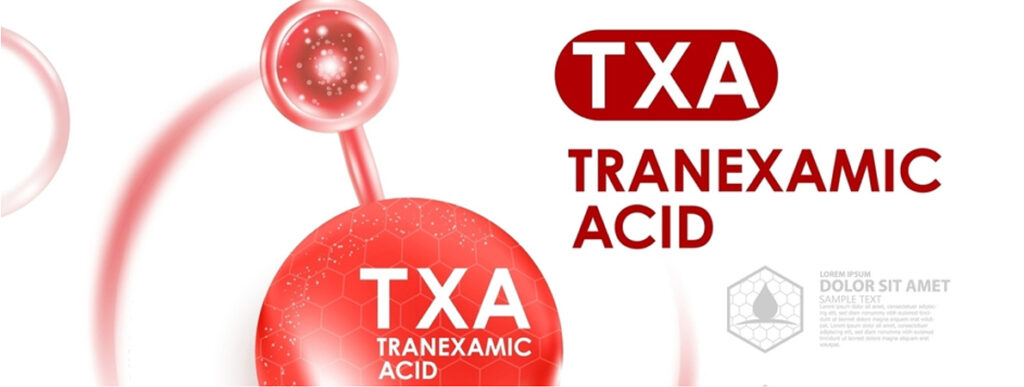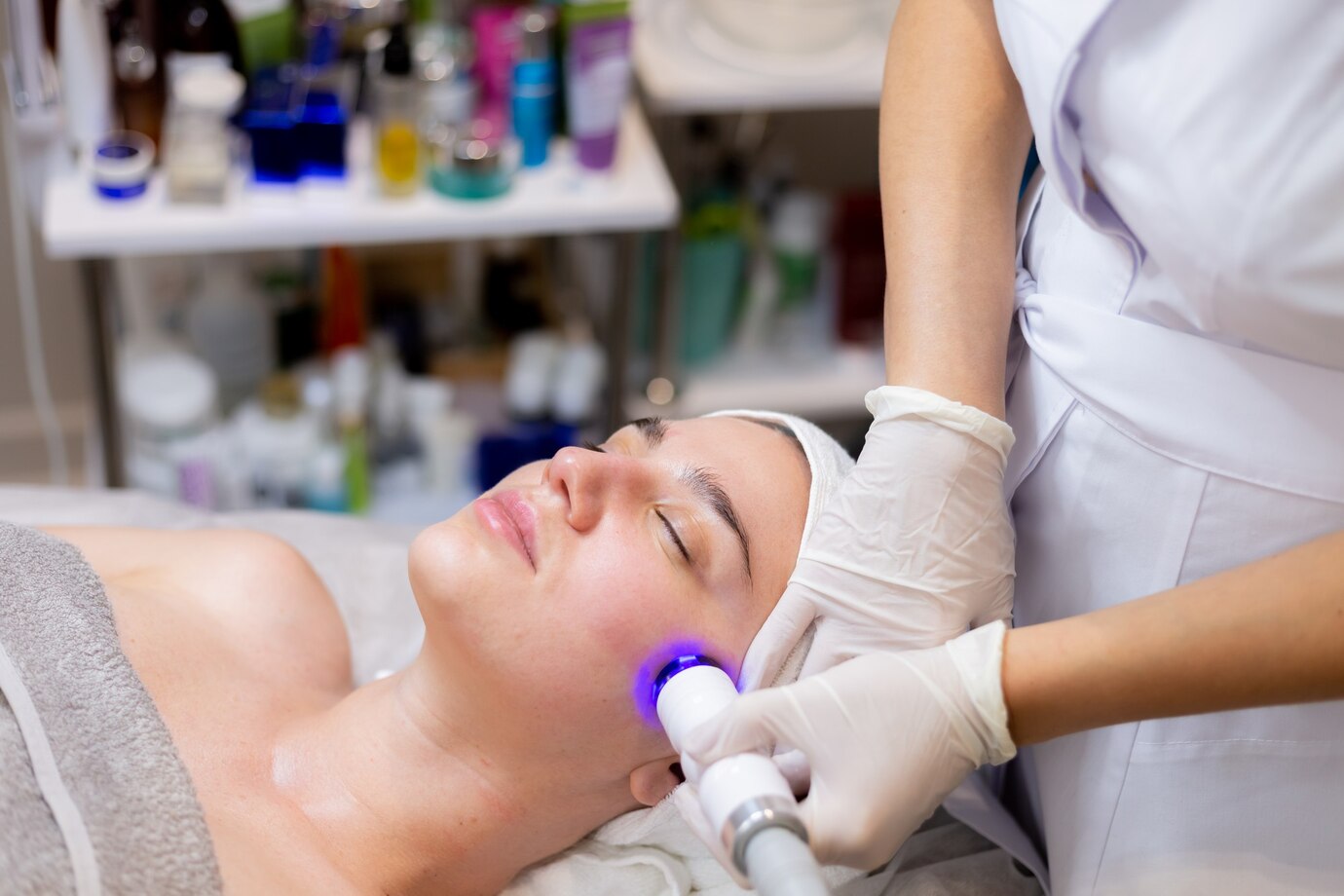Published on: Feb 7, 2023

Tranexamic acid has gained popularity in the skincare industry as an optimistic ingredient for treating hyperpigmentation and melasma. Is the hype worth it? In this insightful blog, we will discuss the science behind tranexamic acid and evaluate its effectiveness in treating skin discolouration.
What is Tranexamic Acid?
Tranexamic acid is an amino acid that inhibits the production of plasmin, an enzyme that breaks down blood clots. It has been used for decades to treat heavy menstrual bleeding and prevent excessive bleeding during surgery. Recent studies have shown that tranexamic acid can be used topically in skincare to reduce skin discolouration by preventing the production of excess melanin.
How Does Tranexamic Acid Work?
Tranexamic acid inhibits the activation of the plasminogen activator, which prevents the production of plasmin. Plasmin activates a cascade of reactions that lead to excess melanin production. When melanin production is stimulated, it can lead to hyperpigmentation, characterized by dark spots or patches on the skin. Tranexamic acid blocks the activation of the plasminogen activator, reducing the production of excess melanin and inhibiting this process.
Is Tranexamic Acid Effective for Treating Hyperpigmentation and Melasma?
Several studies have shown that tranexamic acid can reduce skin discolouration. For example, a study published in the Journal of Cosmetic Dermatology found that a topical solution containing 3% tranexamic acid can reduce the severity of melasma after just 12 weeks of use.
Are There Any Side Effects of Tranexamic Acid?
While the evidence suggests that tranexamic acid can be an effective treatment for hyperpigmentation and melasma, it is pivotal to note that individual results may vary.
Moreover, more research is needed to fully understand the potential benefits of tranexamic acid for skin discolouration. Nonetheless, tranexamic acid is generally considered safe for topical use, with few reported side effects.
However, as with any skincare product, it is possible to experience an allergic reaction or irritation. Therefore, it is advisable to carry out a patch test for any new skincare product before using it on your face or body.
If you’re pregnant or breastfeeding, speak with your healthcare provider before using new skincare products, including those containing tranexamic acid.
My Final Take
In conclusion, tranexamic acid is a perfect ingredient for treating hyperpigmentation and melasma. Its ability to inhibit the production of excess melanin makes it an excellent option for those looking to reduce skin discolouration. Remember to practice good sun protection habits and apply broad-spectrum sunscreen daily to help prevent further skin discolouration.





